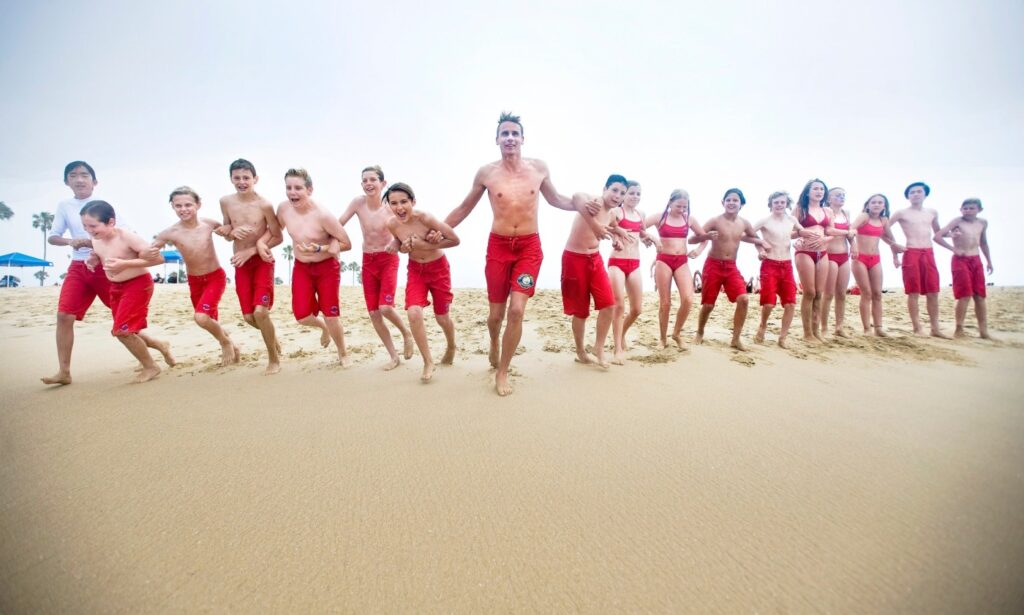
Construction of a $5 million building to give Newport Beach’s popular junior lifeguard program some breathing room is cleared to start.
The public-private project at the Balboa Pier received unanimous support from the California Coastal Commission this week, the last approval needed.
More than a decade in the making, the new home for the guards-in-training summer program will be used for community events, rentals and meetings during the off season.
Newport Beach Fire Chief Jeff Boyles, in a statement, thanked the Coastal Commission for its approval and recommendations to further improve access to the program.
“We are thrilled to be able to move forward with construction of a new headquarters that will serve our junior lifeguards for generations to come,” he said.
Since the popular program started in 1984, its instructors have worked out of two small temporary trailers. But the demand for the summer program has grown in the last four decades, with an estimated 1,350 participants and 60 instructors now involved.
The city plans to contribute about $2 million toward construction, while the nonprofit Newport Beach Junior Lifeguard Foundation will provide $1.75 million. The building is expected to be ready in 2023.
Related Articles
San Clemente gets $570,000 state grant to study shrinking sand
Tandem champions and surf shop owners to be honored with bronze statue in Dana Point
Coastal Commission to decide on new Newport Beach junior lifeguard building
San Clemente’s Griffin Colapinto nabs first World Tour surf victory
Beached whale in Malibu is rescued, then euthanized due to injuries
The funding gap of $1.1 million will be offset by removing a subsidy from the city of $129 per participant, directing that money toward construction instead. The cost to participate will jump to $856, starting this summer.
Coastal Commissioner Caryl Hart expressed wanting more scholarship opportunities for underserved communities to participate in the program, asking whether grants could be explored or whether the community, since the building will also serve the public, could donate toward scholarship programs.
The Coastal Commission had some special conditions for the approval.
Among the stipulations is no future shoreline protection devices can be added, meaning there could be no hard armoring using rock boulders or a sea wall if sea level rise, sand erosion, storms or other natural hazards threaten the building.
Such emergency measures – though used to protect buildings and infrastructure – are thought to exasperate erosion.
The current design raises the 5,400-square-foot building up a few feet off the ground with berms built in anticipation of big swell events, city officials said.
Other special conditions include annual erosion and flood monitoring, the inclusion of electric charging stations and a nesting bird survey for sensitive species that use the beach habitat.
